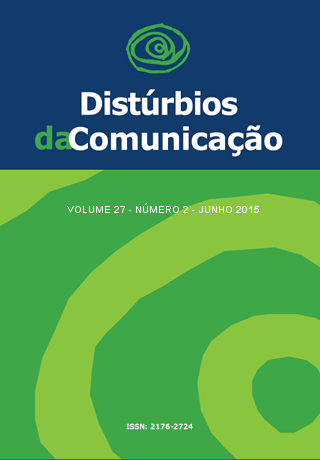Phonological awareness training in students with risk indicators for learning difficulties
Keywords:
remediation, learning disorders, risk factors, child, readingAbstract
Introduction: Learning difficulties can provide obstacles to the literacy process of schoolchildren. The development of reading and writing depend on a broad set of skills, but the stimulation of phonological awareness appears as one of the most important factors in this process. Given the importance of this skill, intervention models called phonological remediation programs have been adopted. However, the literature has offered greater attention to the implementation of these programs in populations already diagnosed with learning disabilities, thus students whose academic deficits are already present. Objective: To investigate the cognitive-linguistic performance of children with risk indicators for learning difficulties after a phonological remediation program. Material and method: Ten children of both genders were selected, aged 6-7 years and 11 months, considered with signs of risk for learning difficulties. After the selection, they were subjected to a phonological remediation program (18 therapy sessions, individual sessions, lasting 50 minutes).Results: After the intervention, it was found that the students showed significant progress in cognitive-linguistic abilities, phonological awareness, auditory working memory, access to the mental lexicon, and reading and writing of real words. However, as control groups were not adopted in the methodology of the study cannot be said that the results derive exclusively from the remediation. Conclusion: The results reinforced the importance of early intervention in children with signs of risk for learning disabilities, as it offers better conditions for the development of reading and writing in this population.Downloads
Download data is not yet available.
Metrics
Metrics Loading ...
Downloads
Published
2015-06-12
Issue
Section
Artigos
License
Copyright (c) 2015 Livia Gonçalves Antunes, Thais Freire, Patrícia Abreu Pinheiro Crenitte

This work is licensed under a Creative Commons Attribution 4.0 International License.









